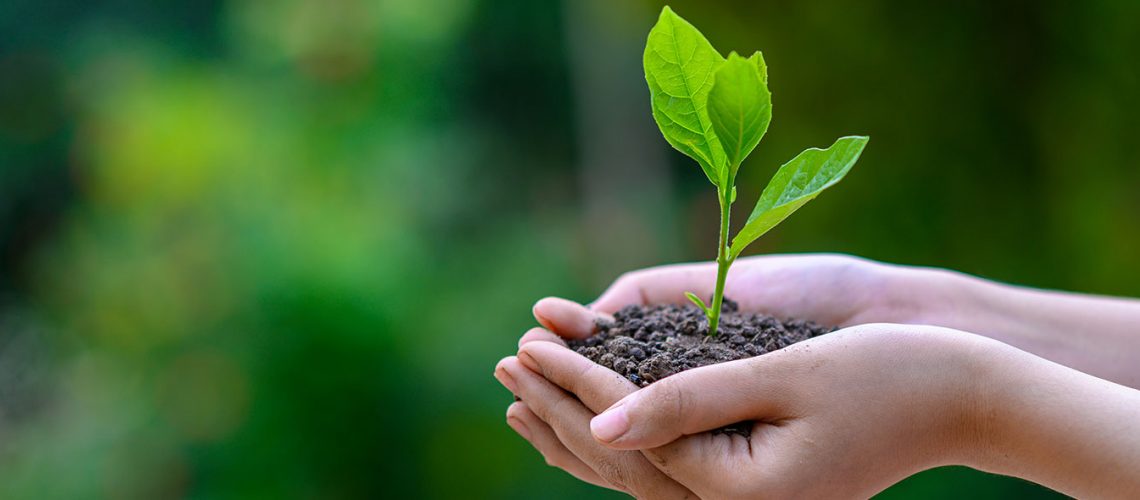Nature lovers come in all shapes and sizes, and from all walks of life. Rock climbers, hikers, kayakers, wildlife photographers, and others all come together on the subject of loving the great outdoors and all that goes with it.
And, even though a great number of firearms owners are hunters and other folks who also possess a deep and reverent appreciation of the wilderness, gun owners are often frequently held in disdain by the nature-loving community.
Which is rather ironic, for reasons most people aren’t even remotely aware of.
It turns out that firearms shooters fund huge amounts toward conservation of American’s wildlife and wilderness country. That’s right, from hunters to target shooters, gun owners generate funding that now supports public lands and access to all sorts of outdoor recreation.
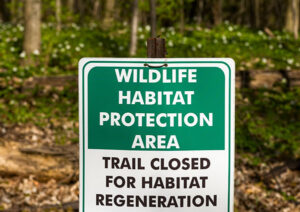 How To Shock An Anti-Gun Conservationist
How To Shock An Anti-Gun Conservationist
All you have to do is tell them about the Pittman-Robertson Act. (Officially, it’s the Wildlife Restoration Act of 1937.)
To make it simple, what the Pittman-Robertson Act does is FUND conservation of wildlife and habitats—while teaching hunters safety—with taxes on the purchase of ammunition, firearms, pistols, revolvers, and archery equipment.
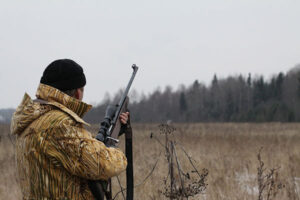 Just how much funding, you ask?
Just how much funding, you ask?
(This is where your anti-gun conservationist friend is going to want to sit down for a minute.)
Here’s how much the Pittman-Robertson Act has taxed manufacturers and importers on those previously mentioned items since the 1970’s:
11 percent tax on firearms and ammunition
10 percent tax on pistols and revolvers
11 percent tax on archery equipment and per shaft arrow

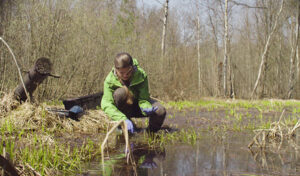 And where exactly does that money go?
And where exactly does that money go?
That federal aid goes to the Wildlife Restoration Fund. Which is then distributed to:
Multistate Conservation Grants
Basic Hunter Education and Safety Program
Enhanced Hunter Education and Safety Grants
 And just how much money is that?
And just how much money is that?
Well, from 2007 to 2016, the US Fish & Wildlife Service reported $6.2 billion in revenue from:
Ammunition: $2.1 billion (34%)
Firearms: $1.9 billion (32%)
Pistols & Revolvers: $1.7 billion (27%)
Archery Equipment ($0.5 billion) (8%)
As you can see, that revenue wasn’t just generated by hunters alone, but by all gun owners who buy guns, shoot ammunition, and of course our friends that enjoy archery.
With an increase in target shooting at gun ranges, it’s just as likely if not more so that 9mm rounds shot at paper targets are generating more funding than rounds and gear sold for the express purpose of hunting.
(Although one source estimates that hunters alone contribute $3.5 million PER DAY by buying taxable items and hunting licenses.)

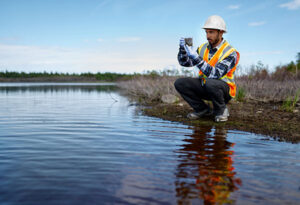 What has that money traditionally been allotted toward doing?
What has that money traditionally been allotted toward doing?
The Pittman-Robertson Act was established in 1937 and is at least partially responsible for saving many species that were near the brink of extinction. (Including white-tailed deer, wild turkeys, and wood ducks.) It funds research, studies, and other expenditures that would otherwise have been unaffordable.
States must submit plans on what they’ll do with their apportioned funds and those plans must be approved by the Secretary of the Interior. These plans typically include research, surveys, management of wildlife or habitat, and the acquisition or lease of land.
For instance, there’s the National Bobwhite Conservation Initiative. Its mission is to restore wild populations of northern bobwhite (also called bobwhite quail). It satisfies a need for conservation of not just the bobwhite, but a plethora of grassland species facing habitat loss.
Or, how about the Summer Lake Wildlife Area? It was established in Oregon in 1944 to protect and improve the habitat of waterfowl. Today, it’s a popular site for wildlife viewing and environmental education. Wildlife biologists and land managers oversee 3,000 acres containing 250 species of birds—and a minimum of 30 species of mammals, fish, reptiles, and amphibians.
Then there’s the Wisconsin Habitat Partnership Fund. A Wisconsin Department Of Natural Resources program that “partners local governments, Wisconsin Tribes, and nonprofit conservation organizations for habitat restoration and enhancement projects on public and private lands with the goal of increasing the amount and quality of land open for hunting, trapping and wildlife viewing.” Public access must be guaranteed for 10 years, 20 years, or in perpetuity.
In other words, you’re welcome, Nature Lovers.”
The enjoyment of firearms, shooting, and hunting is certainly not anti-conservation, but likely the largest source of funding for the North American Conservation model.
“Now cover your ears. I’m going to raise some tax dollars for you, but it’ll make a loud noise.”
